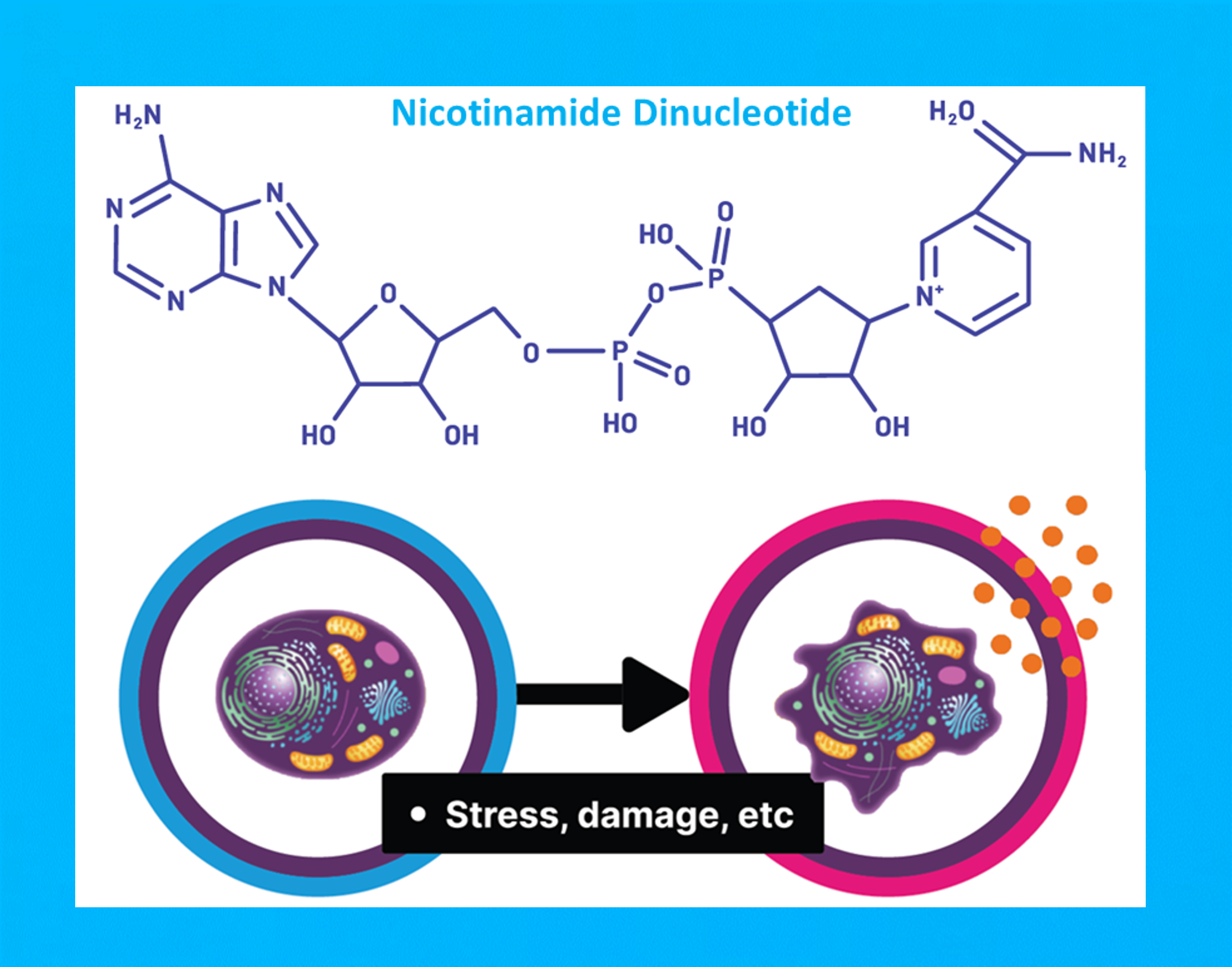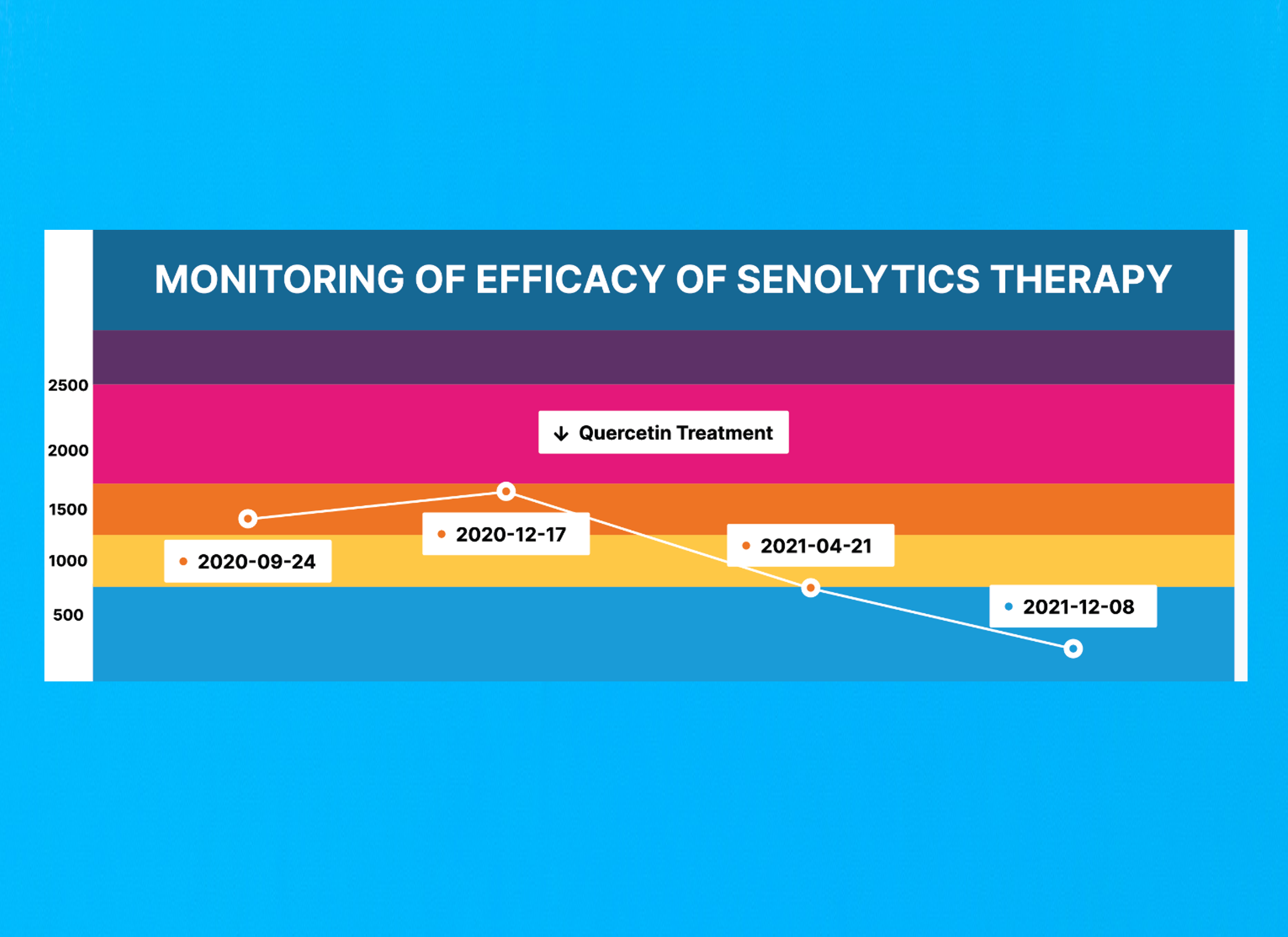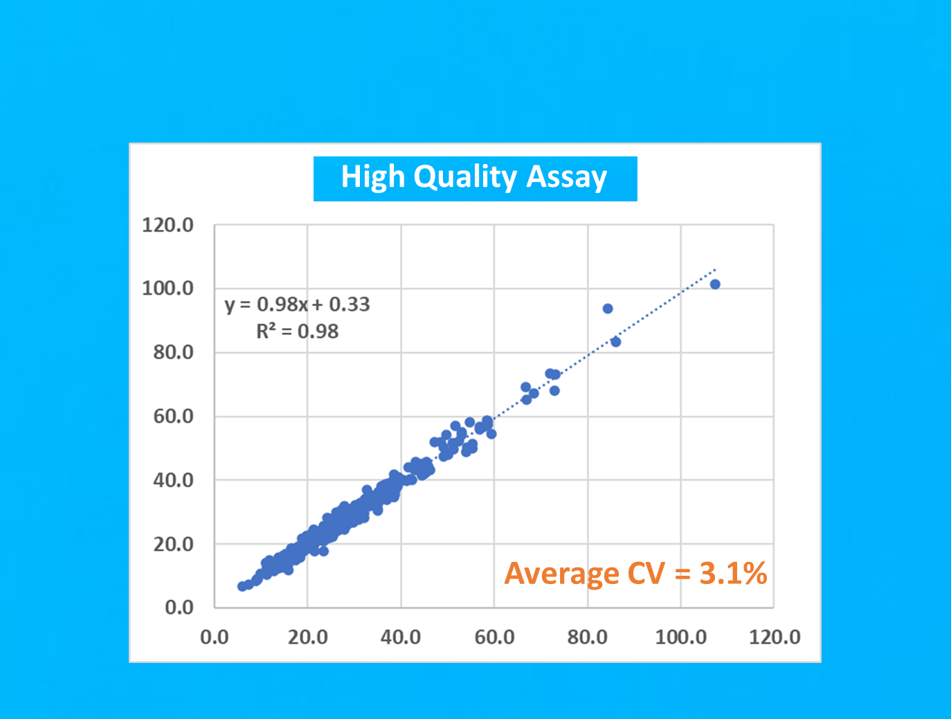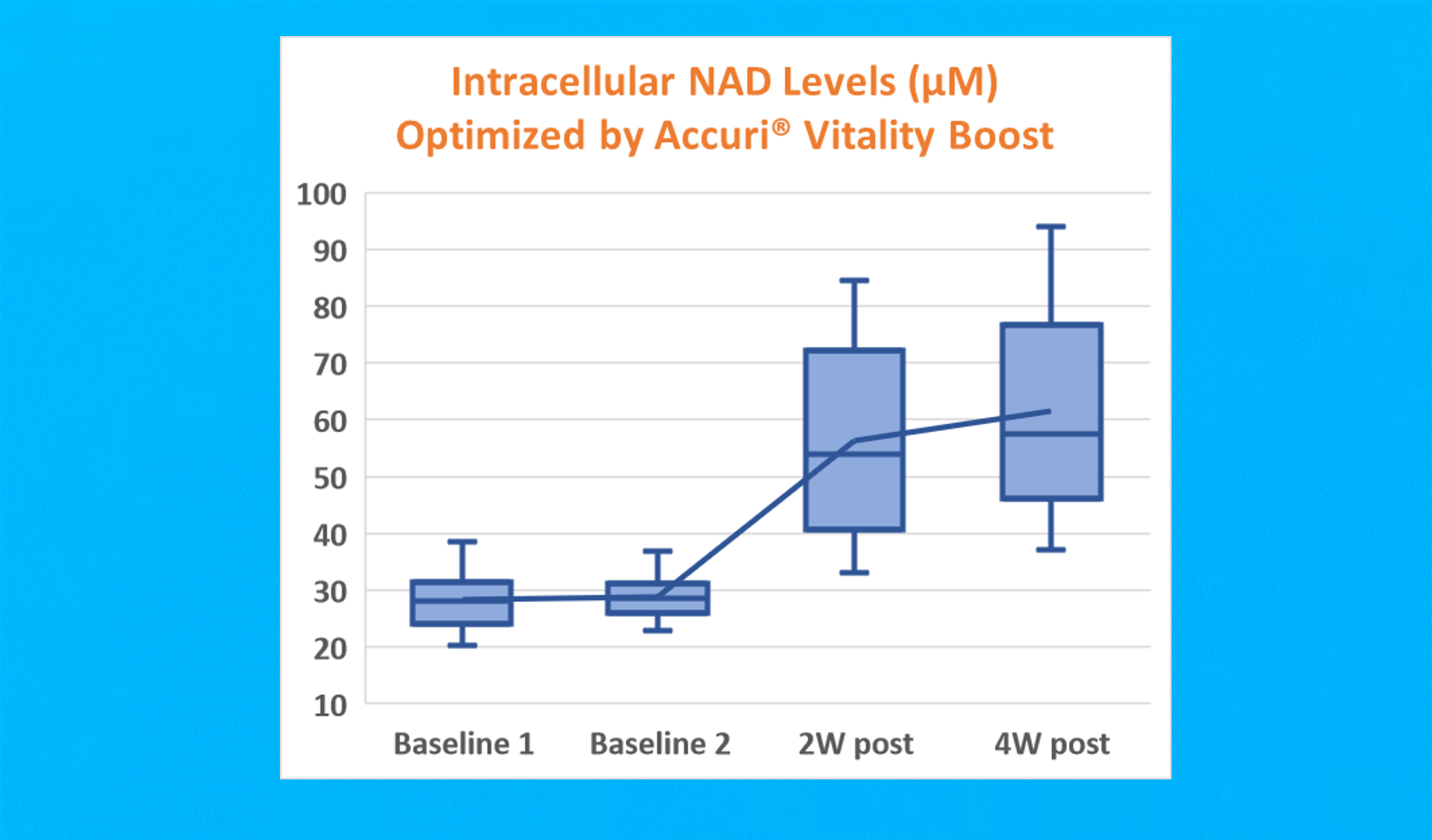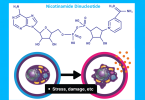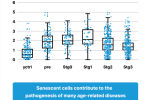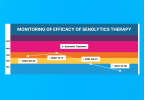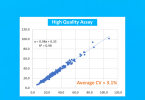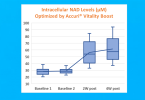AgingSOS® Senescence & NAD Panel
Is your anti-aging protocol working?
from $698.00 Original price was: $698.00.$598.00Current price is: $598.00.
Test these biomarkers before and after to find out.
The AgingSOS® Senescence & NAD Panel is designed for customers who wish to evaluate efficacy of their anti-aging protocols. This panel includes Intracellular NAD, senescence-associated β-galactosidase (β-gal) and four senescence-associated secreted proteins (SASP): IL-1β, IL-6, IL-8 and TNF-α.
-
Find out your NAD level
-
Reveal body-wide senescence burden
-
Reveal inflammation status
-
Evaluate effectiveness of senolytics
-
Secure data: 100% private and protected
-
Free consultation
Biomarkers in the panel:
Cellular senescence
SASP
IL-1β, IL-6, IL-8 and TNF-α
NAD
Intracellular NAD
Senescence and NAD Combo Test
At the request of many doctors and individual customers, we are now offer this combo test for senescence and Intracellular NAD, the two most important innovations at Jinfiniti. It is most useful to get a baseline test and then retest after interventions. You can read more about NAD on our NAD page.
What is cellular senescence?
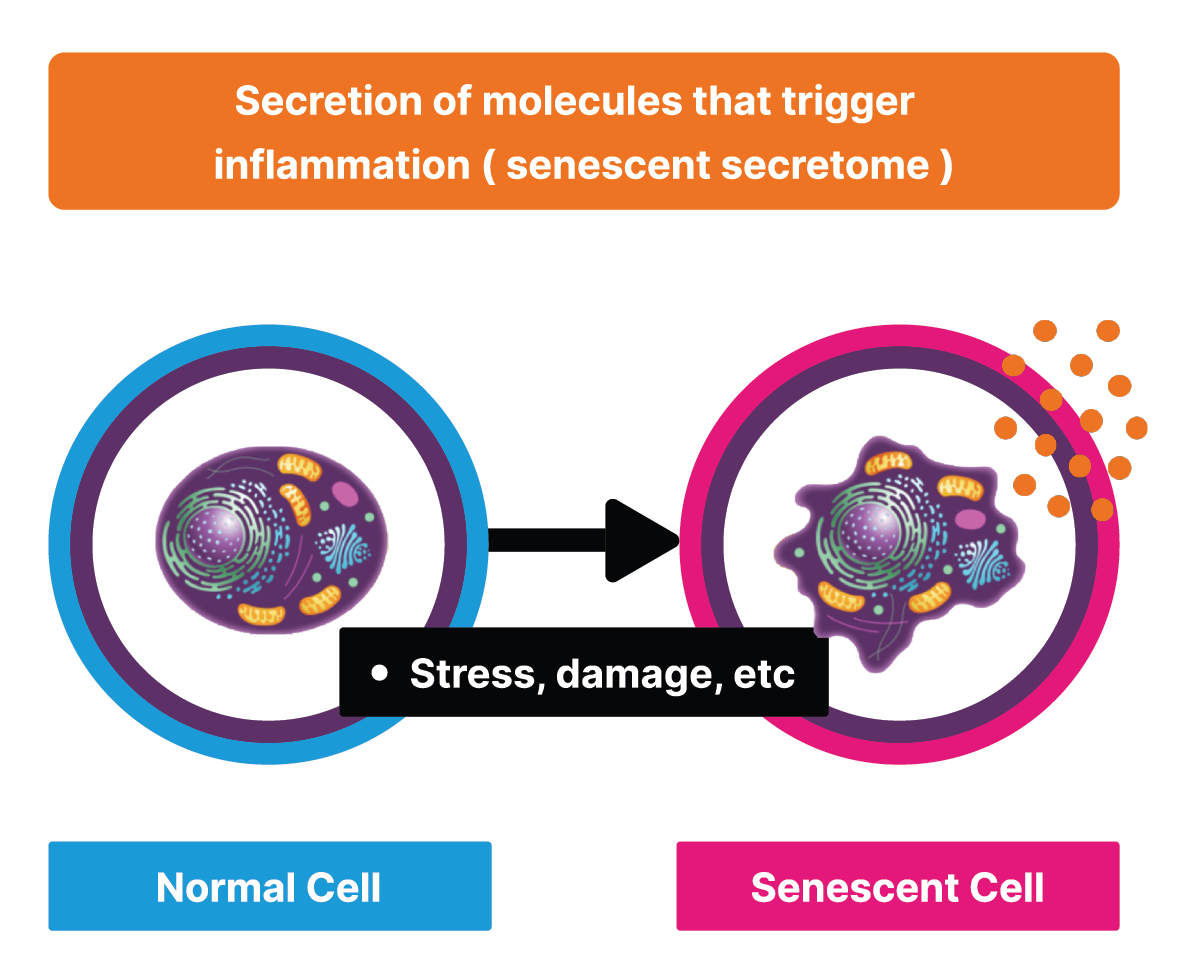
Why is high senescence bad for you?
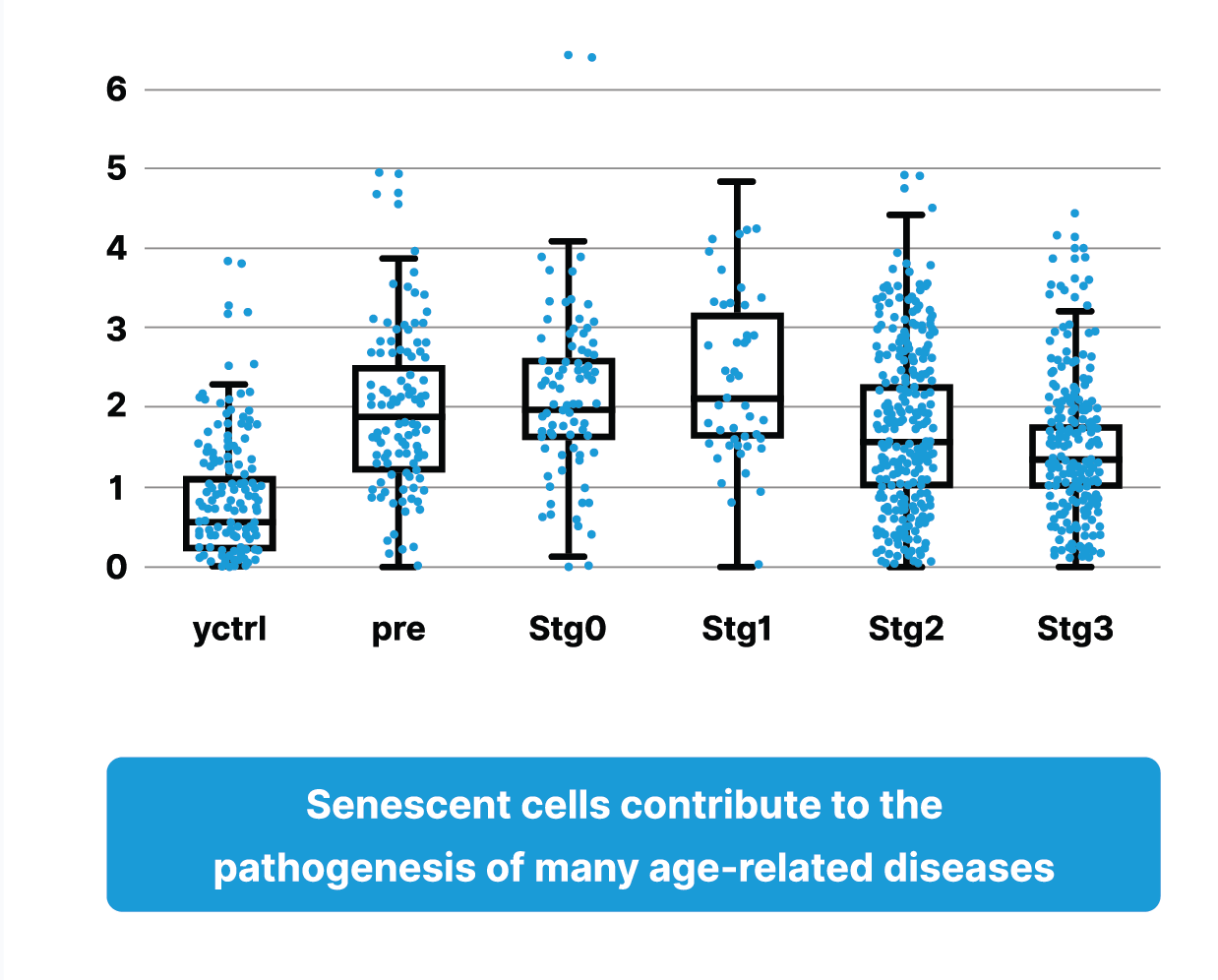
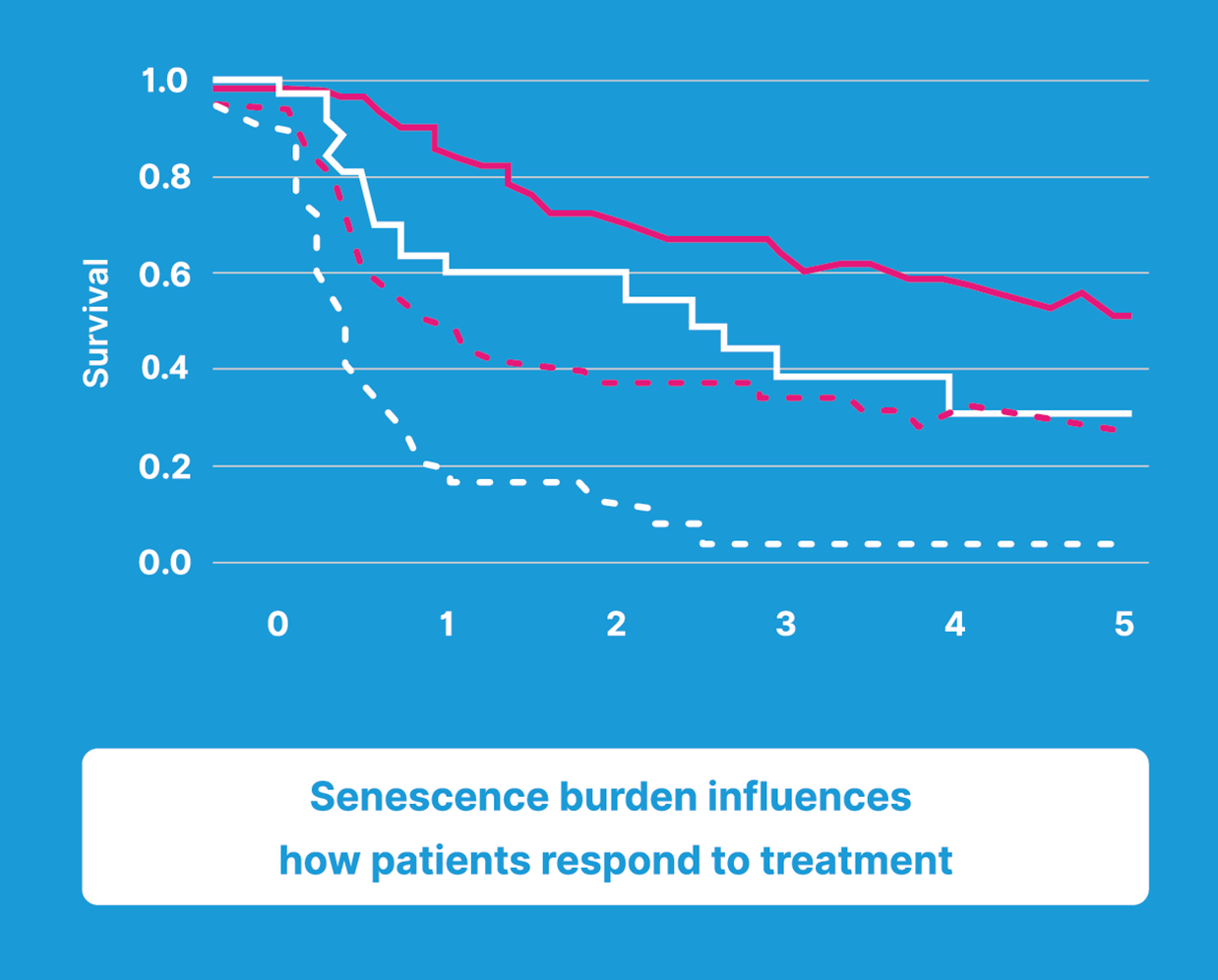
While senescence can be measured in cells and tissues by a variety of biomarkers and methodologies, assessing senescence burden in the whole human body is extremely difficult due to inability to gain access to relevant tissues. An indirect way to gain such information is through analyses of molecules secreted or released by different tissues into blood circulation. Fortunately, senescent cell do secrete large numbers and quantities of proteins and lipids. The most specific marker for senescence discovered so far is the senescence associated β-galactosidase, abbreviated as SA β-gal, a lysosomal enzyme that functions under specific conditions. Jinfiniti developed a test that can measure SA β-gal activity in human serum. SA β-gal levels from the Jinfiniti test are usually below 750 units defined by Jinfiniti Precision Medicine (JPM U) in young and healthy individuals. The levels can be increased to 1500-6000 JPM U in patients with cancer and various other disease conditions, suggesting that the biomarker reflects senescence levels in pathological sites. We have also shown that cervical cancer patients with high SA β-gal respond poorly to radiation therapy and are associated with poor survival.
Many other inflammatory cytokines are also secreted by senescent cells. However, the types of cytokines and other proteins are extremely variable in different senescent cells. This panel includes four important inflammatory cytokines believed to be associated with senescence and play critical functions in human health. In individuals with high SA β-gal, it is important to know the inflammatory cytokine profile.
How can you reduce senescence burden?
Drugs and nutraceuticals that can eliminate senescent cells, called senolytics, are being studied by many companies and research organizations. Two small studies have shown that the combination of an anti-cancer drug, dasatinib, and the supplement quercetin (D+Q) can be an effective senolytics therapy. Quercetin and Fisetin are widely used by biohackers with the hope to eliminate senescent cells. Another study has shown that quercetin and vitamin C may act synergistically in reducing senescence. Indeed, our data suggest that this C+Q protocol can significantly reduce SA β-gal levels in human subjects.

